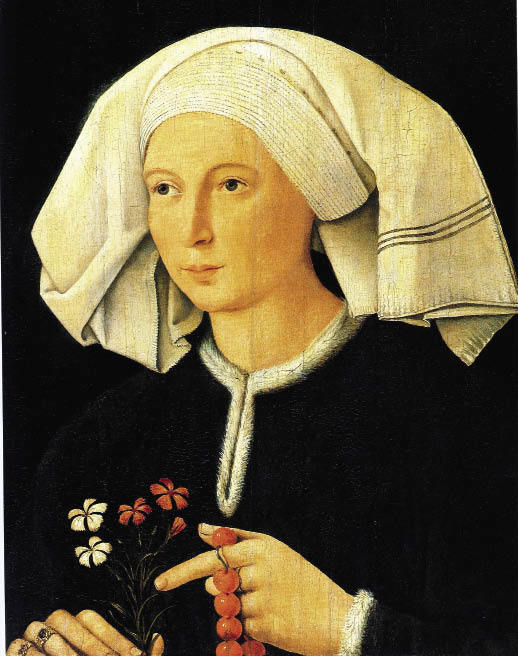The historic centre of Bruges has 16 museums, enough to cater for every touristic taste. There’s a Diamond Museum, a Lace Centre, a Choco-Story (the narrative element distinguishes it from the 50 chocolate shops) and a Friet Museum — or ‘Belgian Fries Museum’, for English-speakers under the misapprehension that fries are French. But the main focus of the city’s five-yearly festival, now in full swing, is on a local product the French cannot lay claim to: the Flemish painting tradition founded by Jan van Eyck, who died in Bruges in 1441.
The historic centre of Bruges has 16 museums, enough to cater for every touristic taste. There’s a Diamond Museum, a Lace Centre, a Choco-Story (the narrative element distinguishes it from the 50 chocolate shops) and a Friet Museum — or ‘Belgian Fries Museum’, for English-speakers under the misapprehension that fries are French. But the main focus of the city’s five-yearly festival, now in full swing, is on a local product the French cannot lay claim to: the Flemish painting tradition founded by Jan van Eyck, who died in Bruges in 1441.
This year’s event, on the theme of Bruges Central, aims to put the city back at the heart of northern Europe — a position it ceded to Antwerp in the late-15th century when its connection to the sea silted up. At the Groeningemuseum, the major exhibition Van Eyck to Dürer: the Flemish Primitives and Central Europe 1430–1530 examines the impact of Flemish painting on the art of Germany and all points east, from Aachen to Warsaw. At the same time, the city has invited Belgium’s most famous living painter, Luc Tuymans, to curate a parallel exhibition of post-1940s work by 40 artists from former Eastern Bloc countries. Spread across five venues like a mini-biennale, Tuymans’s The Reality of the Lowest Rank: A Vision of Cenral Europe is a deliberately anti-populist gruel-fest.








Comments
Join the debate for just £1 a month
Be part of the conversation with other Spectator readers by getting your first three months for £3.
UNLOCK ACCESS Just £1 a monthAlready a subscriber? Log in